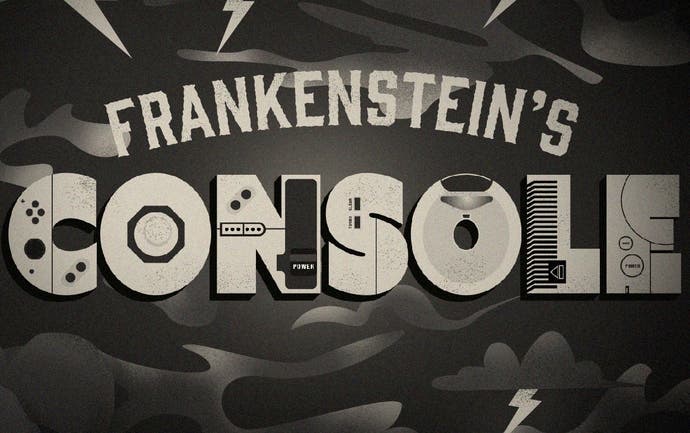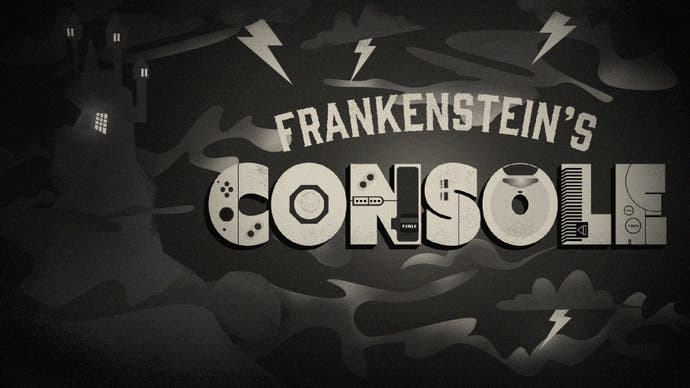Frankenstein's Console: The mechanical beauty of the SNES power switch
This week we're stitching together our ideal console.
Which console features from yesteryear are you super fond of? Given that there are new machines out soon - and given that it's almost Halloween - we thought we would spend the week picking and choosing our favourite elements from our favourite consoles and stitching together our perfect Frankenstein's Console. Inevitably it's going to look a bit like that car Homer Simpson designed, and equally inevitably it's going to say Giga Power Pro-Gear Spec when you boot it up. Anyway - join us! And have a think about what your own Frankenstein's Console might look like. If you dare...
It's fair to say that I care about switches more than most people. As long as it turns the thing on and off, what does it matter? My friends, it matters a great deal. Power switches are commands. They are points of contact (literally, in a circuit - or at least they used to be, but I'll get to that). They are bridges between worlds; they are the most fundamental connection between the human world and the electronic one. They bring the electronic world to life.

Personally, I think that bringing an entire universe to life ought to feel good. It ought to feel momentous! At the very least, it should be something that you can only do intentionally, and you should know when you've done it. The platonic ideal of powering up a piece of electronic equipment, for me, is the levered switch on an old hi-fi amplifier, maybe a Sansui from the late 70s: a delicately weighted, short-throw lever that flicks into place with a low hum and a little wake-up kick from the woofers so low-frequency you can barely hear it. It's electronics, it's just current in wires, but it's also physical - an action you can hear and touch and feel.
But at some point, consumer electronics design took a different course. It was decided that everything should be frictionless and virtual, and you would bring your devices to life just by brushing a smooth surface lightly with a fingertip. This was a different vision of the connection between person and machine that also hinted at a new reality - that the machine was never really off, it was always on standby, waiting. You couldn't break the circuit. (Well, maybe you could if you held your finger on that spot for three eternal seconds.)
I was disappointed when games consoles took this course with the launch PlayStation 3. Maybe it's unduly nostalgic of me, but I like consoles to be tactile, personal things. They're objects of fun, so interacting with them ought to be fun, too. I love the power buttons on the GameCube and the original PlayStation - big, round, springy, clicky things, ideal for punching decisively. But you can't beat a switch, and the Super Nintendo Entertainment System's power switch is one of the greatest of all time. It's huge and ergonomic, something you actually get a hold of and grip. And it's surprisingly resistant at first, taking a little bit of force before it suddenly gives and you get a satisfying hard-plastic thunk with a ringing, metallic undertone - the people who engineer the sound of a closing Volvo door could hardly have done better. Then the machine springs to life, instantly.
It's all the more magical for actually being mechanical. There's a reason Apple has employed remarkably convincing haptics to simulate the feeling of a physical button click in its inert smartphone screens and laptop trackpads. Humans crave that feedback. Give us a little friction, a little give, a moment of connection between the physical world around us and the virtual one where we increasingly spend our time. Give us a click.

- The mechanical beauty of the SNES power switch
- The camaraderie and comforts of 3DS StreetPass
- The PS2's utterly essential rotating logo
- The GameCube's handle which made games truly social
- The baked-in pleasures of Alex Kidd in Miracle World









